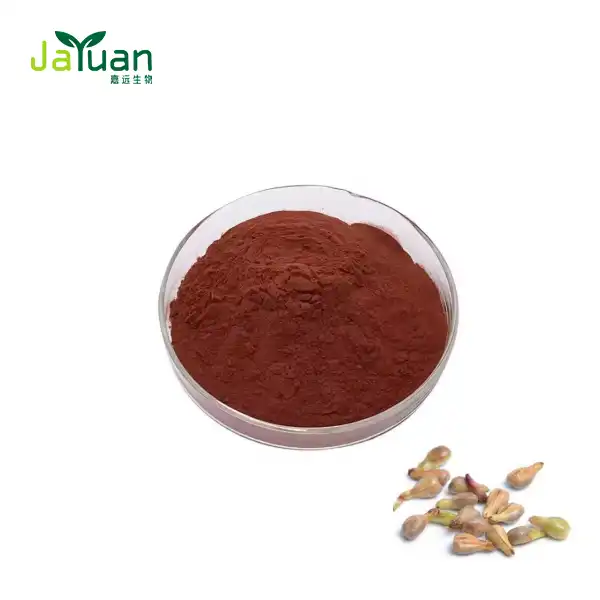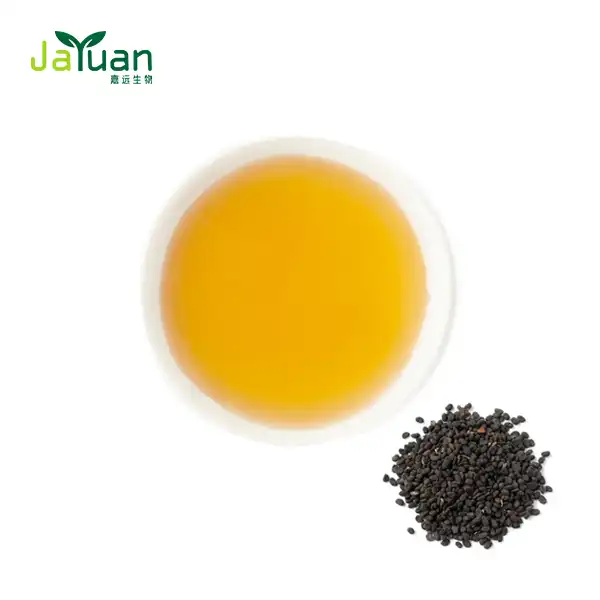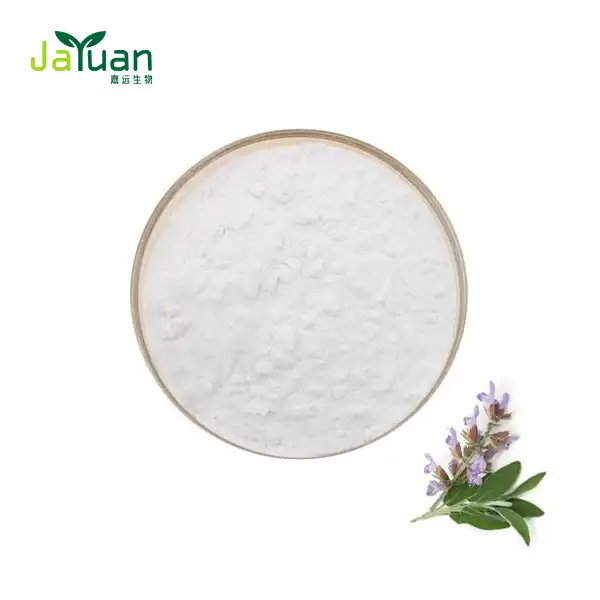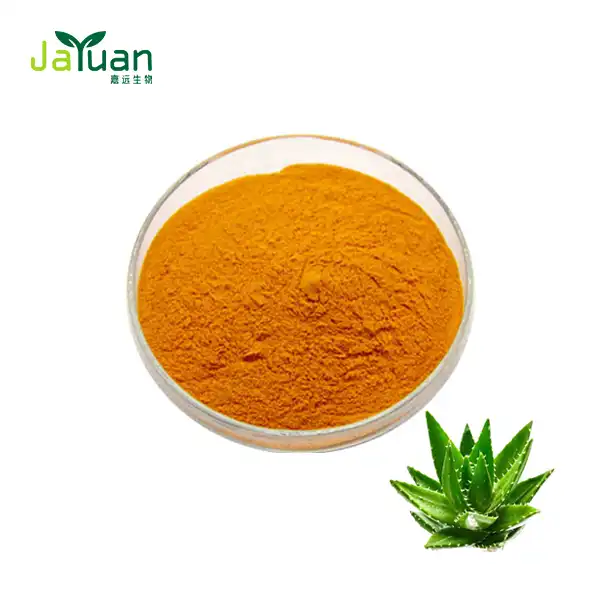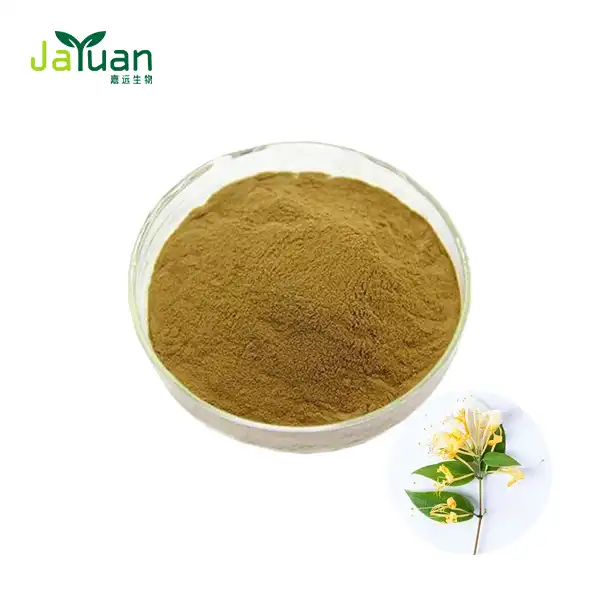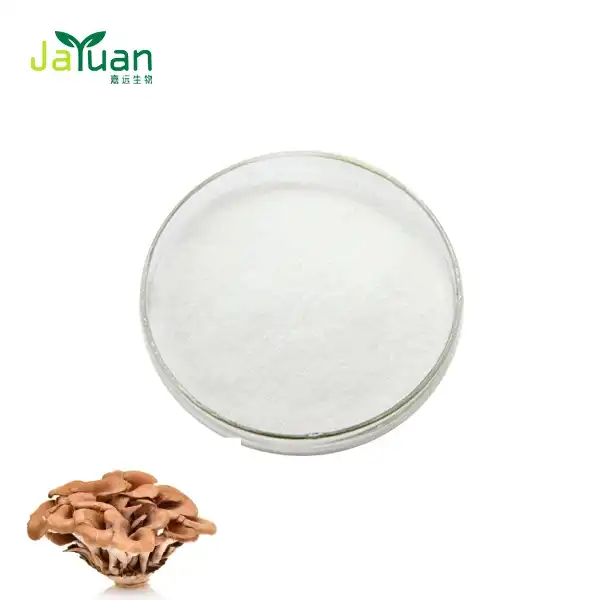What is the difference between Matrine and Oxymatrine?
In the world of plant-based compounds, matrine and oxymatrine are two closely related substances that have garnered significant attention for their potential health benefits. Both derived from the Sophora flavescens plant, commonly known as ku shen, these alkaloids have been used in traditional Chinese medicine for centuries. However, despite their similarities, matrine and oxymatrine have distinct characteristics and applications. In this article, we'll explore the differences between these two compounds, with a particular focus on matrine powder and its unique properties.
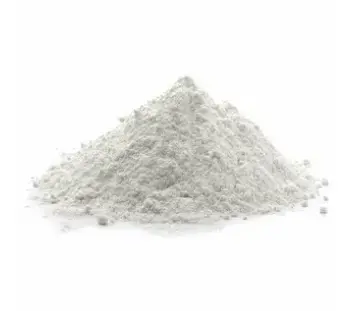
Properties and Applications of Matrine
The alkaloid matrine, which comes from the traditional Chinese herb Sophora flavescens, is of great scientific interest because of its numerous properties and applications. Matrine is a quaternary ammonium compound with a structure that contributes to a number of its pharmacological functions. Its ability to mitigate the effects of inflammatory cytokines like TNF- and IL-6 by inhibiting them and altering the NF-kB flagging pathway is one of its most striking features. Along these lines, matrine can be a viable treatment for incendiary gut illness and rheumatoid joint inflammation. Additionally, matrine has demonstrated potent antitumor effects. It is able to stop cancer cells from growing and induce apoptosis in them by altering proteins related to apoptosis and cell cycle regulators. Research exhibiting matrine's viability against different diseases, including lung, bosom, and liver malignant growth, backs up this anticancer movement. In addition to its anti-inflammatory and cancer-fighting properties, matrine has antiviral activity. It has been demonstrated to inhibit the replication of various viruses, including hepatitis B and C viruses, by interfering with the viral entry and replication processes.
This antiviral activity proposes its true capacity in treating viral hepatitis and other viral contaminations. Due to its neuroprotective properties, matrine also has the potential to treat neurodegenerative diseases like Alzheimer's and Parkinson's. It aids in reducing neuronal damage and cognitive decline by lowering oxidative stress and inflammation. Also, the substance has hepatoprotective properties, which make it valuable for treating hepatitis and liver fibrosis by limiting harm to the liver and empowering its recovery. Despite these promising features, matrine's clinical application requires more research to fully comprehend its safety and effectiveness. Considering matrine's adaptability and potential as a multi-layered remedial specialist, research continues to investigate its anticipated benefits and ideal restorative applications. In general, the scientific understanding of matrine demonstrates its potential for a variety of medical conditions, including cancer and neurodegenerative disorders.
Oxymatrine: A Close Relative with Distinct Features
Oxymatrine is closely related to matrine powder, and in fact, it's the oxidized form of matrine. This means that oxymatrine has an additional oxygen atom in its molecular structure. Like matrine, oxymatrine is also found in Sophora flavescens and other Sophora species.
Key characteristics of oxymatrine include:
- Molecular formula: C15H24N2O2
- Appearance: White crystalline powder
- Solubility: More soluble in water compared to matrine
Oxymatrine shares many potential health benefits with matrine, but its increased water solubility and slightly different molecular structure can lead to some distinct properties and applications. Some potential uses of oxymatrine include:
- Hepatoprotection: Like matrine, oxymatrine has shown potential in protecting liver cells and reducing liver inflammation.
- Cardiovascular health: Some studies suggest that oxymatrine may have beneficial effects on heart health and blood pressure regulation.
- Neuroprotection: Research indicates that oxymatrine may have neuroprotective properties, potentially beneficial in conditions affecting the nervous system.
- Anti-fibrotic effects: Oxymatrine has shown promise in reducing fibrosis in various organs, including the liver and lungs.
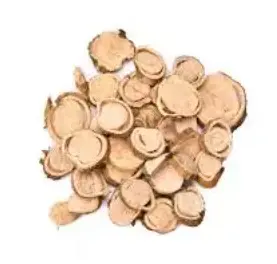
Comparing Matrine and Oxymatrine: Key Differences
Matrine and oxymatrine, the two alkaloids removed from the customary Chinese restorative spice Sophora flavescens, show unmistakable biochemical properties and helpful possibilities, notwithstanding their primary likenesses. Pure Matrine Powder, a major component of Sophora flavescens, is well-known for its numerous biological activities, such as its antiviral, anti-tumor, and anti-inflammatory properties. It mostly works by changing how different signaling pathways work, like stopping the NF-kB pathway, which is important for inflammation and cancer growth. In addition to its effects on apoptosis and cell proliferation, Matrine's ability to inhibit pro-inflammatory cytokines like TNF- and IL-6 makes it a promising treatment option for cancer and chronic inflammatory diseases. The pharmacological profile of oxymatrine, a matrine derivative, differs. It has significant hepatoprotective properties, as evidenced by its capacity to lessen liver damage and enhance liver function indicators. The treatment of liver conditions like hepatitis and liver fibrosis benefits from Oxymatrine's mechanism of modulating immune responses and reducing oxidative stress.
Additionally, oxymatrine has been shown to have neuroprotective effects, which may be useful in neurological conditions like Parkinson's disease. These effects include reducing neuroinflammation and protecting neuronal cells from apoptosis. Albeit the calming and against growth properties of the two alkaloids are comparative, their particular applications and viability can differ fundamentally. While oxymatrine's more specific benefits are found in liver security and neuroprotection, the more extensive degree of pure matrine powder includes significant antiviral and anticancer properties. Despite the fact that these two mixtures contribute to similar restorative regions, research comparing them reveals that their distinct effects and systems highlight their remarkable roles in therapeutic applications. When compared to oxymatrine's particular focus on liver health and neuroprotection, Matrine's broad role in malignant growth and viral diseases appears to be distinct, necessitating individualized approaches when considering their application in clinical settings.
In conclusion, despite the fact that matrine and oxymatrine are compounds that are very similar to one another and share numerous properties, they also possess distinct properties that set them apart. Particularly for its potential therapeutic applications, matrine powder has gained attention. We may learn even more about the fascinating plant-derived compounds' unique properties and potential advantages as this area of research advances.
Assuming you're keen on diving deeper into matrine powder, oxymatrine, or other plant separates, make sure to out to us at sales@jayuanbio.com. If you have any inquiries about these fascinating natural compounds, our team of experts would be happy to assist you.
References
- Liu, J., et al. (2014). Matrine: A Review of its Pharmacology, Pharmacokinetics, and Toxicity. Phytomedicine, 21(12), 1669-1675.
- Wang, L., et al. (2019). Oxymatrine: A Review of Its Pharmacology, Pharmacokinetics, Toxicity, and Drug Interactions. Frontiers in Pharmacology, 10, 1356.
- Zhang, Y., et al. (2018). Matrine and oxymatrine: progress in synthesis, biological activities and clinical applications. Expert Opinion on Therapeutic Patents, 28(8), 665-680.
- Zhou, Y.H., et al. (2018). Matrine and oxymatrine: Two quinolizidine alkaloids with diverse bioactivities from the Chinese herb Radix Sophorae flavescentis. Journal of Ethnopharmacology, 220, 169-183.
- Guo, S., et al. (2019). Matrine is a novel inhibitor of the TMEM16A chloride channel with antiproliferative activity in cancer cells. Journal of Cellular Physiology, 234(6), 8698-8708.

